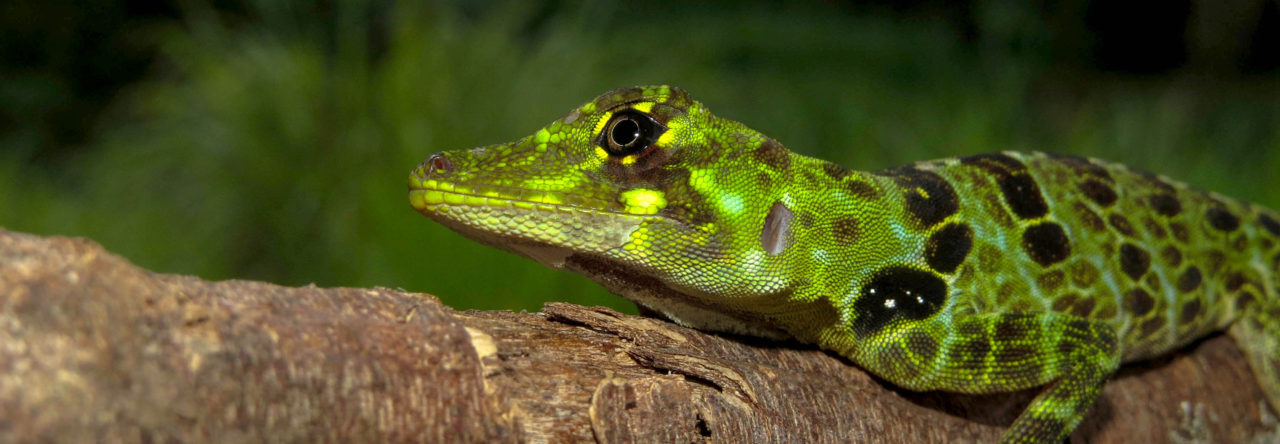AA reader Dee Simpson reports:
I recently found a deceased Green (Carolina) Anole near my home in central Florida. What struck me is that it was blue. At first, I thought just looked blue because it was desiccated, but on further examining the picture, I realized that one leg was green – if it was just the decaying process, I would expect the whole thing to be the same color/state. I came across the entry on your Anole Annals page regarding blue Carolina Anoles in Florida and was wonder if this could be one of those? Or is it just at a stage of decomposition where the color is weird?
Latest posts by Jonathan Losos (see all)
- Evolution in Real Time on Lizard Island - March 23, 2025
- Spider Snags Adult Anolis osa - March 22, 2025
- An Homage to the Green Anoles of New Orleans - March 21, 2025



Ambika Kamath
Looking back at my pictures in this post, it looks like they don’t always turn blue?: https://www.anoleannals.org/2015/03/25/a-sad-mystery-dying-green-anoles-in-gainesville/
Miguel Landestoy
Interesting. I haven’t noticed it in Anolis down here on Hispaniola, but the green “vine” snakes (Uromacer) tend to turn bluish when dead/rotten (as commonly seen in roadkills).
Kurt Schwenk
I don’t know what the chemical process is, but green reptiles that are sacrificed, fixed and then preserved in ethanol also turn blue (e.g., green Abronia turn turquoise/blue). So clearly there is something about the way the pigment degrades that creates the blue. Perhaps the green in life is a combination of yellow and blue pigments and in death the yellow pigments degrade, leaving only the blue. Just speculation.
Jeffrey Himmelstein
I have seen several roadkilled Oxybelis fulgidus in the Yucatan with the normal bright green pigmentation reduced to a bluish tint.
Dee Fairbanks Simpson
Thanks so much for the comments! The consensus seems to be a pigment thing. I really appreciate the input!
Christine Rose-Smyth
In connection with other projects, but especially the 80th anniversary commemoration of the 1938 Oxford Expedition to the Cayman Islands at our National Museum, I recently got my hands on a copy of Grant (1940) The Herpetology of the Cayman Islands. The monograph describes the species then known and based on both Chapman Grant’s April 1938 collecting trip and the longer #OXEx80 survey from April-August of all aspects of the biodiversity. After giving Garman’s original (1887) description Grant says of Anolis conspersus “The author was lead to the Caymans as much by curiosity to see the blue throat fan as by any other reason. He had thought that it was possibly reported blue by mistake or from the colour of poorly preserved material, but the fan is actually a beautiful deep blue.”
Now, how to convert that into a TripAdvisor review …
Peter Mudde
It’s a yellow pigmentation that is either washed away in alcohol or desintegrating and a blue (very fine black ) that remains.
Chris Thawley
Opheodrys aestivus (the Rough Green Snake) in eastern North America is well known for turning blue after death, leading to reports of blue snakes dead on roads…